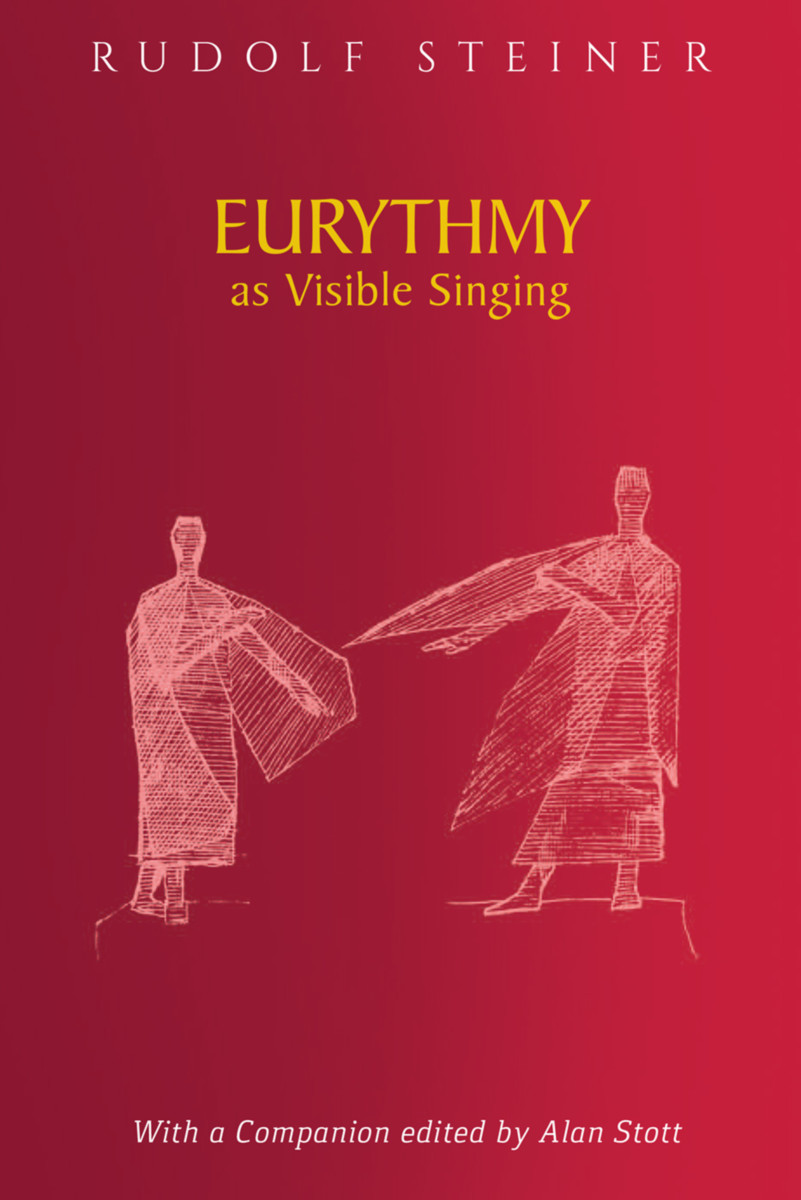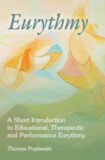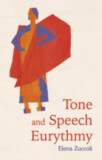Eurythmy as Visible Singing
(CW 278)
- Publisher
Rudolf Steiner Press - Published
21st January 2020 - ISBN 9781855845671
- Pages 534 pp.
- Size 6" x 9.25"
8 lectures, Dornach, Feb. 19–27, 1924 (CW 278)
“The study of music is the study of the human being. The two are inseparable, and eurythmy is the art that brings this most clearly to expression. In these lectures, Rudolf Steiner guides us along a path toward an understanding of the human form as music comes to rest—the movements of eurythmy bringing this music back to life.” — Dorothea Mier
“Fundamentally speaking, music is the human being, and indeed it is from music that we rightly learn how to free ourselves from matter.” — Rudolf Steiner
The focus of these eight lectures is the source of movement and gesture in the human being. Movement in musical experience is thus traced back to its origin in the human instrument itself. Like the degrees of the musical scale, Rudolf Steiner leads his select audience of young artists through eight stages, focusing on the living principles of discovery and renewal.
Eurythmy was born in the turbulent decades of the early twentieth century. From an individual question as to whether it was possible to create an art based on meaningful movement, Rudolf Steiner responded with fresh creative possibilities for a renewal of the arts in their totality. The new art of eurythmy was an unexpected gift. Today, music eurythmy, along with its counterpart based on speech, is practiced as an art, taught as a subject in schools, enjoyed as a social activity and applied as a therapy.
This definitive translation of Steiner’s original lecture course on eurythmy includes a facsimile, transcription, and translation of the lecturer’s notes, together with an introduction and index. The volume is supplemented with an extensive “companion,” featuring full commentary and notes compiled by Alan Stott, as well as a translation of Josef Matthias Hauer’s Interpreting Melos
This volume is a translation from German of Eurythmie als sichtbarer Gesang (CW 278).
C O N T E N T S:
Foreword by Dorothea Mier
Translator’s Preface and Acknowledgments
Note to Corrected 3rd and 4th Editions
Pronunciation
Abbreviations
Introduction to the 3rd English Edition
Rudolf Steiner on Music-Eurythmy Lecture Course
1. The Experience of Major and Minor
2. Experience and Gesture: The Intervals
3. Melodic Movement: The Ensouling of the Three Dimensions
4. The Progression of Musical Phrases
5. Choral Eurythmy
6. The Sustained Note, the Rest, Discords
7. Musical Physiology, the Point of Departure, Intervals, Cadences
8. Pitch (Ethos and Pathos), Note Values, Dynamics, Changes of Tempo
Rudolf Steiner’s Personal Lecture Notes
Bibliographic ReferencesIndex to the Lectures
Rudolf Steiner
Rudolf Steiner (b. Rudolf Joseph Lorenz Steiner, 1861–1925) was born in the small village of Kraljevec, Austro-Hungarian Empire (now in Croatia), where he grew up. As a young man, he lived in Weimar and Berlin, where he became a well-published scientific, literary, and philosophical scholar, known especially for his work with Goethe’s scientific writings. Steiner termed his spiritual philosophy anthroposophy, meaning “wisdom of the human being.” As an exceptionally developed seer, he based his work on direct knowledge and perception of spiritual dimensions. He initiated a modern, universal “spiritual science” that is accessible to anyone willing to exercise clear and unbiased thinking. From his spiritual investigations, Steiner provided suggestions for the renewal of numerous activities, including education (general and for special needs), agriculture, medicine, economics, architecture, science, philosophy, Christianity, and the arts. There are currently thousands of schools, clinics, farms, and initiatives in other fields that involve practical work based on the principles Steiner developed. His many published works feature his research into the spiritual nature of human beings, the evolution of the world and humanity, and methods for personal development. He wrote some thirty books and delivered more than six thousand lectures throughout much of Europe. In 1924, Steiner founded the General Anthroposophical Society, which today has branches around the world.





